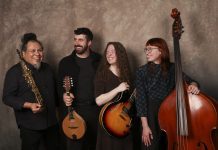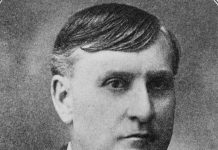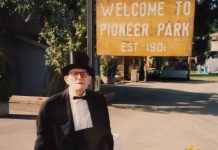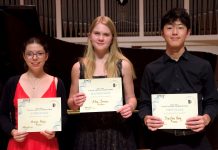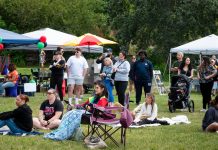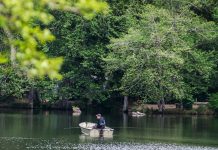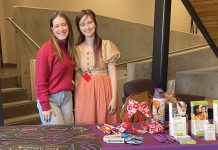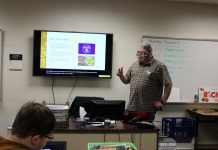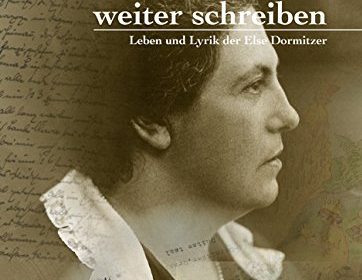516 High St
Bellingham, WA 98225
USA
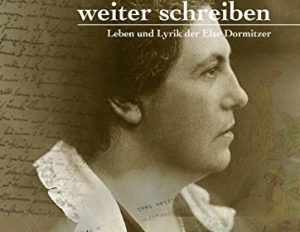
Western Libraries Reading Series – “Poetry after Auschwitz – Who was Else Dormitzer?”
In this talk, Dr. Sandra Alfers will present her research on the poetry of the Holocaust. She will introduce the work and life of Holocaust survivor Else Dormitzer and propose a reading of Dormitzer’s poetry collection from the Theresienstadt transit camp.
Else Dormitzer (1877-1958) was a journalist, writer and activist who fled her hometown of Nuremberg along with her husband Dr. Sigmund Dormitzer shortly after the November pogrom of 1938, also known as “Kristallnacht” (The Night of Broken Glass). In 1943, the German occupying forces in the Netherlands, where the Dormitzers had lived after their escape from Nazi Germany, deported the couple to the Theresienstadt ghetto. While her husband did not survive the Holocaust, Else Dormitzer returned to the Netherlands and later moved to the United Kingdom. She became a British national in 1951.
With the help of the “Association of Jewish Refugees,” an organization based in the UK, and of Frank Harris, founder of the “Nürnberg-Fürth Survivors Group” in the U.S., Alfers was able to locate Dormitzer’s surviving relatives in Europe. They opened their extensive private family archive to her, including poetry and diaries from Theresienstadt. Alfers’ German-language book weiter schreiben. Leben und Lyrik der Else Dormitzer (Hentrich & Hentrich, 2015) made Dormitzer’s Holocaust writings available in Germany for the first time. The book also places Dormitzer’s contributions to cultural and social history into context as it traces her life in the 20th century.





